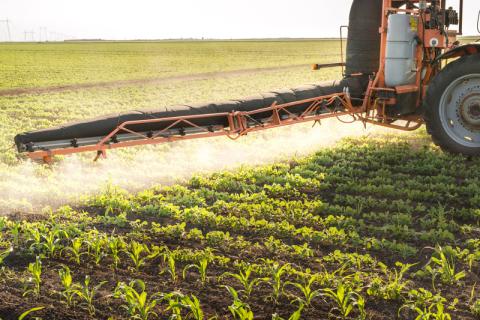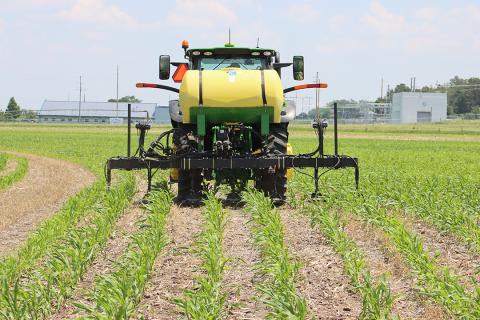100 Years of Nebraska Nitrogen
May 15, 2024
This online resource highlights nitrogen facts and statistics for the state of Nebraska.
Pasture and Forage Minute: Fertilizing Cool-season Pasture, Army Cutworm Control
April 29, 2024
Extension educators review timelines for turnout to summer pastures, calculating returns on fertilizing cool-season pastures, and tips for scouting army cutworm in alfalfa fields.
Choosing a Manure Application Rate
April 23, 2024
Nebraska Extension shares recommendations on determining a manure application rate that will meet agronomic crop needs while accounting for excess soil nutrients or building soil fertility.
Nitrogen Fertilizer Trends in Nebraska from 1955-2023
April 16, 2024
This Nebraska Extension article highlights the impact of factors such as plant genetics and improved production practices to fertilizer consumption in Nebraska over numerous decades.
UNL-TAPS: Reflections on Seven Years of Irrigation and Nitrogen Management
April 11, 2024
Extension insights on the year-to-year variability in corn yield response to irrigation and nitrogen (N) fertilizer rates throughout seven years of the TAPS sprinkler irrigated corn competition.
April 30 Cover Crops Field Day Includes Tours and Research Updates
April 4, 2024
Attendees of the Cover Crops Field Day will learn about the N equivalence of cover crops, identifying species and understanding growth stages, and ways to incorporate cover crops to mitigate nitrate leaching in cornfields.
Pasture and Forage Minute: Evaluating Alfalfa Stands, Fertilizing Cool-season Grass
March 26, 2024
Recommendations on getting an accurate assessment of alfalfa stands this spring and fertilizing cool-season grass pastures and hayfields for optimal forage yields.
How Can a Warm Winter and Spring Affect Nitrogen Availability for the Upcoming Crop?
April 3, 2024
With a warmer start to the 2024 growing season, more nitrogen could be available in the soil. To estimate the amount of fertilizer N to apply this year, extension educators review how to conduct a late spring soil nitrate test.







